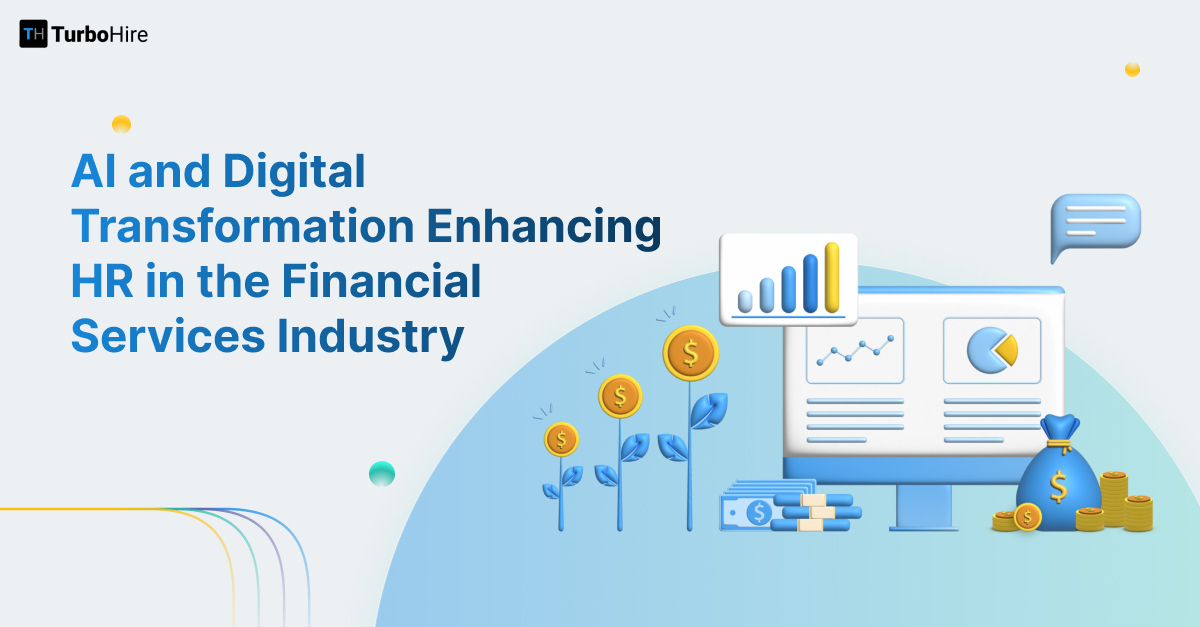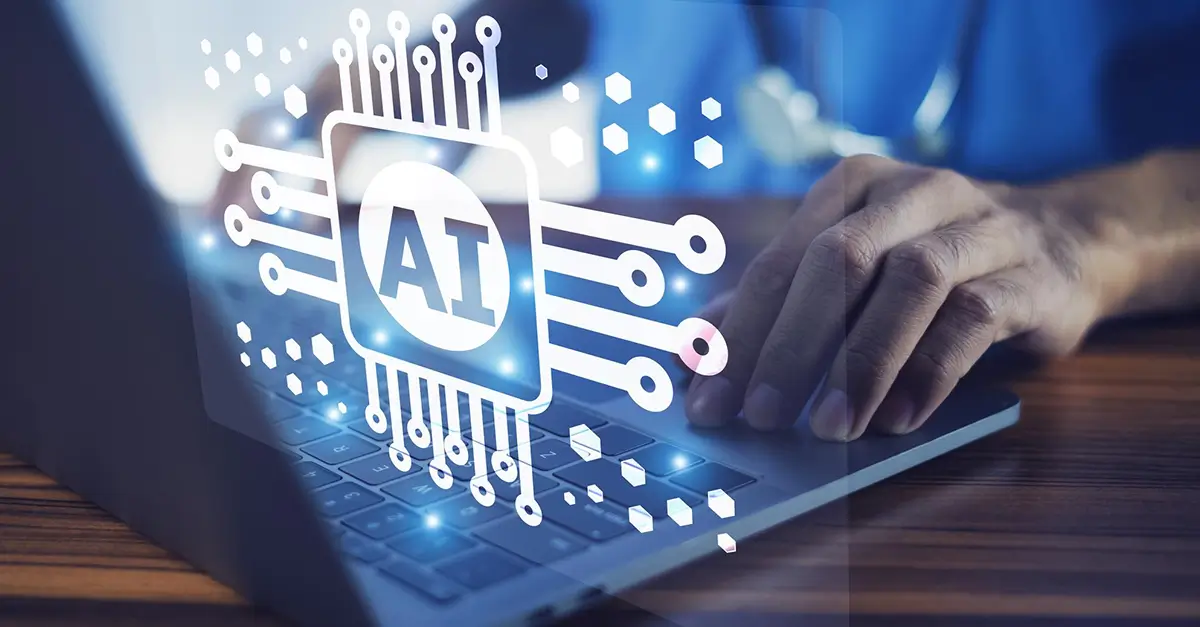Introduction
The digital transformation of HR is reshaping how organizations manage their most valuable asset: their people. In 2025, digital transformation is no longer an option; it’s a necessity. At the heart of this shift lies integration—the seamless connection of systems, processes, and technologies that empowers HR to operate at its full potential.
Digital transformation is driving HR teams to adopt advanced technologies such as AI, machine learning, and cloud-based platforms. However, the real value of these innovations can only be unlocked through integration. Integrated HR systems break down silos, allowing data to flow freely across tools like applicant tracking systems, performance management platforms, employee engagement solutions, and HR/HC management systems. This ensures a unified, consistent experience for both employees and HR professionals.
Moreover, integration within digital transformation facilitates automation, reducing manual workloads and enabling HR teams to focus on strategic initiatives. From predictive analytics for workforce planning to automated candidate screening, integration amplifies the impact of technology, making processes faster, smarter, and more efficient.
In the era of digital transformation, integration isn’t just about connecting systems—it’s about creating a cohesive HR ecosystem that enhances employee experience, supports data-driven decisions, and future-proofs organizations against evolving challenges. For HR in 2025, integration is the bridge between technological innovation and meaningful organizational impact.
Importance of a Well-Integrated HR Tech Stack in 2025
In the rapidly evolving landscape of 2025, a well-integrated HR tech stack is the cornerstone of modern organizations aiming to achieve both operational excellence and an outstanding employee experience. As the demand for streamlined processes and data-driven insights grows, HR teams are turning to integration as the solution for enhancing efficiency, fostering collaboration, and redefining the future of modern HR workflows.
Enhancing Efficiency and Collaboration Across HR Functions
Integration is critical for unifying diverse tools and platforms within the HR stack, enabling HR teams to operate with agility and precision.
- Streamlined HR Workflows: Integration ensures smooth data flow across systems, reducing inefficiencies caused by siloed tools and manual data entry.
- Improved Collaboration: A unified tech stack connects talent acquisition, employee engagement, and payroll, allowing teams to work together seamlessly on strategic initiatives.
- Task Automation: Repetitive tasks like interview scheduling, compliance tracking, and report generation are automated, freeing HR professionals to focus on workforce strategy and employee development.
Integration’s Role in Driving Exceptional Employee Experience
A modern HR tech stack is not just about efficiency; it’s also a powerful tool for creating a positive and personalized employee experience.
- Consistent Journeys: Integration connects hiring platforms with onboarding, training, and performance management systems, ensuring employees enjoy a cohesive, seamless experience.
- Self-Service Capabilities: Integrated systems provide employees with centralized access to HR services, from leave requests to career development tools, enhancing their autonomy and satisfaction.
- Feedback and Engagement: Unified engagement tools enable real-time feedback collection and insights into employee sentiment, helping organizations take proactive steps to improve the workplace environment.
- AI-Driven Support: Integrated HR platforms equipped with AI-driven chatbots offer real-time responses to employee queries, fostering trust and efficiency.
- Fostering DEI through Integration: A connected HR ecosystem not only supports employees in their roles but also strengthens their loyalty, contributing to higher retention rates and a stronger employer brand. Moreover, these integrated tools can be instrumental in advancing diversity, equity, and inclusion (DEI) initiatives.
A connected HR ecosystem not only supports employees in their roles but also strengthens their loyalty, contributing to higher retention rates and a stronger employer brand.
Steps to Achieve Smooth Integration Between HR Systems
In the era of HR digital transformation, smooth integration between HR systems is essential for creating a streamlined hiring process, enhancing efficiency, and delivering a superior employee experience. By unifying tools and workflows, organizations can unlock the full potential of HR integration to meet the demands of modern workplaces. Here are the key steps to achieve seamless integration:
1. Mapping Current Technology Gaps
To begin the journey toward effective integration, organizations must evaluate their existing HR tech stack and identify areas for improvement.
- Conduct a Technology Audit: Assess all current tools to find inefficiencies, redundancies, and missing functionalities.
- Understand Employee Needs: Collect feedback from HR teams and employees to pinpoint challenges within the hiring process and HR workflows.
- Set Integration Goals: Define objectives like achieving a streamlined hiring process, improving decision-making, or automating repetitive tasks.
This foundational step ensures your integration efforts are targeted and aligned with organizational priorities.
2. Establishing Clear Data Flow Between Systems
A well-integrated HR ecosystem relies on seamless data flow across platforms to support consistent and accurate information sharing.
- Define Data Mapping: Identify how data will move across systems to eliminate silos and ensure data accuracy.
- Leverage APIs and Middleware: Use HR integration technologies like APIs or middleware to connect platforms, enabling real-time updates across the HR stack.
- Ensure Security and Compliance: Adopt robust data protection measures to meet regulations like GDPR, ensuring employee data is secure and compliant.
By building clear connections between systems, organizations can reduce bottlenecks and enhance the efficiency of modern HR workflows.
3. Testing and Optimizing Integrated Solutions
Thorough testing and optimization ensure that the integrated HR system delivers maximum value and operates seamlessly.
- Pilot Testing: Conduct small-scale trials of the integrated solution to identify and resolve potential issues early.
- Monitor Performance Metrics: Use analytics tools to track system performance, including speed, accuracy, and user satisfaction.
- Iterative Refinement: Gather feedback from HR teams and employees to make ongoing improvements that enhance functionality.
- Training and Adoption: Provide comprehensive training to HR professionals and employees to maximize the benefits of your integrated solutions.
Continuous optimization ensures your HR digital transformation journey remains aligned with business goals while adapting to future needs.
Avoiding Common Pitfalls in HR Tech Integration
Successfully implementing an HR tech integration strategy is essential for achieving a seamless and efficient HR digital transformation. However, organizations often encounter challenges that can derail progress. Addressing these common pitfalls ensures the creation of a robust and streamlined HR tech stack while improving HR workflows and the employee experience.
1. Misalignment Between Teams and Vendors
A lack of alignment between internal teams and external vendors can lead to inefficiencies in HR technology integration.
- Define Clear Objectives: Align all stakeholders, including HR, IT, and vendors, on integration goals and desired outcomes.
- Establish Transparent Communication: Regularly communicate with vendors and teams to ensure expectations are met and obstacles are quickly addressed.
- Include End-Users: Involve HR professionals and employees early in the planning process to incorporate their needs into the integration design.
By fostering alignment, organizations can streamline the HR integration process and ensure all parties work toward shared goals.
2. Underestimating Data Migration Challenges
Data migration is often more complex than anticipated and can disrupt streamlined HR workflows if not adequately planned.
- Conduct a Data Audit: Assess existing HR data to identify inaccuracies, duplicates, or outdated records that need to be cleaned.
- Create a Data Migration Plan: Develop a detailed plan for transferring data, including timelines, backup strategies, and testing phases.
- Secure Employee Data: Implement robust security measures to ensure compliance with data protection regulations during the migration process.
- Test and Validate: Perform pilot migrations to ensure data accuracy and integrity before full-scale implementation.
Proactively addressing these challenges ensures a streamlined hiring process and eliminates disruptions to HR operations.
3. Overcoming Resistance to Change
Employee resistance is a common barrier to adopting new HR technologies and fully realizing the benefits of integration.
- Communicate Value: Clearly explain how the integrated system will simplify HR tasks, improve efficiency, and enhance the employee experience.
- Provide Training and Support: Offer hands-on training sessions and ongoing support to build user confidence.
- Encourage Feedback: Create channels for employees to share their concerns and suggestions, showing that their input is valued.
- Appoint Change Advocates: Empower influential team members to champion the new technology, fostering acceptance and enthusiasm among peers.
By addressing resistance early and thoughtfully, organizations can ensure a successful HR digital transformation.
Tools and Solutions for Successful HR Tech Integration
In the era of HR digital transformation, leveraging the right tools and solutions is critical for achieving seamless HR tech integration. From exploring advanced platforms to utilizing AI and expert partnerships, organizations can streamline their HR workflows and create a modern HR tech stack that drives efficiency and enhances the employee experience.
1. Exploring Integration Platforms and APIs
Integration platforms and Application Programming Interfaces (APIs) are the backbone of effective HR technology integration.
- Centralized Integration Platforms: Tools like MuleSoft, Zapier, and Workato enable organizations to connect disparate HR systems, ensuring a streamlined hiring process and unified data flow.
- Custom APIs: Custom APIs allow businesses to tailor integrations to specific needs, connecting HR solutions like ATS, payroll systems, and performance management tools.
- Scalability and Flexibility: These platforms ensure that the HR tech stack evolves alongside business requirements, supporting growth and adaptability.
APIs and integration platforms make it easier to connect systems, reduce silos, and optimize modern HR workflows.
2. Leveraging AI for Seamless Data Synchronization
Artificial Intelligence (AI) plays a pivotal role in automating and optimizing HR tech integration processes.
- Real-Time Data Synchronization: AI ensures data flows accurately and securely across platforms, reducing the risk of errors or duplication.
- Automation of Routine Tasks: By automating repetitive processes like data entry or migration, AI frees HR professionals to focus on strategic initiatives.
AI-driven solutions empower organizations to create a streamlined HR tech ecosystem, improving operational efficiency and the overall employee experience.
How TurboHire Simplifies HR Tech Integration with End-to-End Solutions
TurboHire, a leading AI-powered hiring platform, simplifies HR tech integration by offering robust solutions tailored to modern organizational needs, while delivering seamless experiences for all stakeholders involved in the hiring process.
Key Features Driving Seamless Integration
- End-to-End Hiring Automation:
TurboHire seamlessly integrates with existing HR systems, unifying ATS, CRM, and other tools to provide a streamlined hiring ecosystem. - AI-Powered Features:
TurboHire leverages AI to streamline and optimize key hiring tasks, ensuring efficiency and accuracy throughout the process.- QR Code Quick Apply: Simplifies applications by enabling candidates to scan and submit details directly to the platform.
- Automated Resume Parsing: Dynamically parses resumes and updates candidate scorecards for accurate shortlisting.
- Bulk Assessments for Screening: Offers AI-driven assessments to objectively evaluate candidate skills for various roles.
- Automated One-Way Interviews: Analyzes candidate responses for deeper insights into content and behavior.
- Efficient Bulk Hiring Automation: Automates tasks for large-scale hiring, ensuring speed and consistency.
- Customizable WhatsApp Chatbots: Facilitates candidate engagement with screening, scheduling, and communication via WhatsApp.
- Efficient Bulk Offer Letter Generation: Automates offer letter creation for quick and seamless onboarding.
- Customizable Integrations:
TurboHire adapts to the unique demands of businesses, enabling organizations to build a modern HR tech stack aligned with their hiring objectives.
TurboHire enhances hiring efficiency by reducing time-to-hire and enabling seamless collaboration among stakeholders. Trusted across 15 industries, it integrates with top HRMS and WFM platforms like SAP SuccessFactors, Workday, Oracle HCM, and UKG, aligning your organization’s digital capabilities with workforce expectations.
Unlocking Integration Success: The Role of Implementation Partners and System Integrators
In the journey toward HR digital transformation, partnering with implementation partners and system integrators is not just an option—it’s a necessity. These experts bring the knowledge and tools needed to ensure a seamless transition to advanced HR technology. Here’s how their expertise enhances integration success:
1. Custom Implementation Plans: Implementation partners and system integrators craft bespoke strategies tailored to an organization’s specific objectives. These custom roadmaps ensure the smooth adoption of solutions like TurboHire, aligning with both short-term goals and long-term business vision.
2. Technical Support: Dedicated technical support teams are pivotal during the integration process. They address potential roadblocks and minimize downtime, ensuring business continuity and quick issue resolution throughout the transformation journey.
3. Ongoing Optimization: HR technology evolves with business needs, and so should its implementation. Experts provide continuous support, helping organizations adapt their HR tech stack to remain agile, efficient, and aligned with their objectives.
Maximizing TurboHire’s Potential
Collaborating with implementation partners ensures businesses harness the full power of TurboHire’s AI-driven solutions. From optimizing workflows to eliminating common integration challenges, these professionals pave the way for success in digital HR transformation.
By working with implementation experts, organizations not only avoid pitfalls but also achieve sustainable growth and efficiency in their HR functions.
Conclusion
A unified HR ecosystem, powered by advanced technologies like AI, machine learning, and automation, is reshaping talent management by integrating tools, data, and processes into a seamless framework. This approach enhances efficiency by minimizing repetitive tasks, eliminating silos for improved collaboration, and offering a single source of truth for HR data. The result is streamlined decision-making, increased agility, and an improved employee experience through more personalized and cohesive interactions.
Looking ahead, the future of HR technology is defined by innovation, adaptability, and personalization. Predictive analytics powered by AI allows HR teams to forecast hiring needs, improve retention strategies, and optimize workforce planning. Centralized data platforms and automated workflows are essential for enabling HR leaders to transition from routine administrative tasks to strategic initiatives that drive organizational growth.
Organizations prioritizing the adoption of scalable and advanced solutions are better positioned to stay competitive and agile. A unified HR ecosystem not only addresses current workforce challenges but also prepares businesses for evolving trends, ensuring sustainable growth and a culture of continuous improvement.

























































